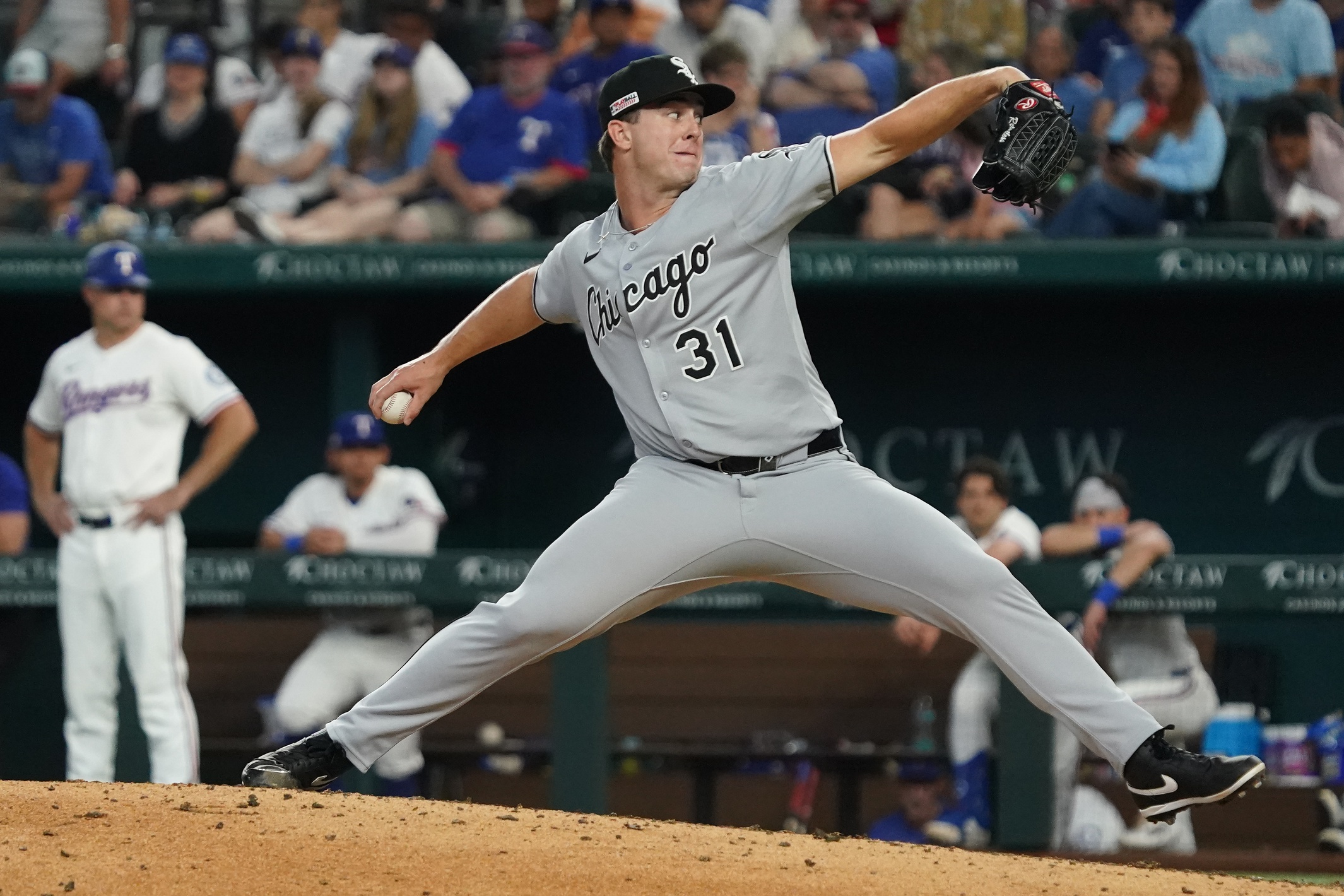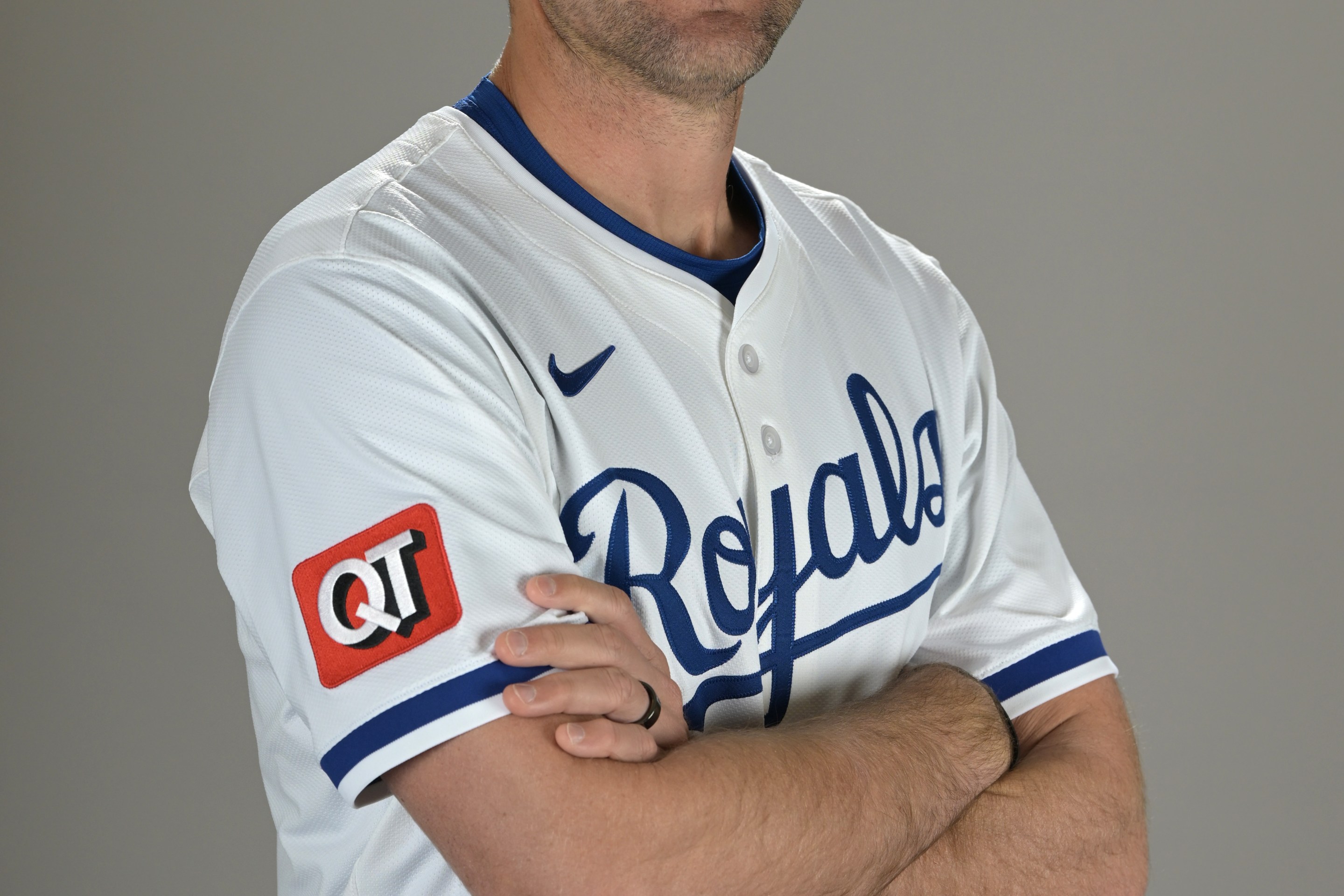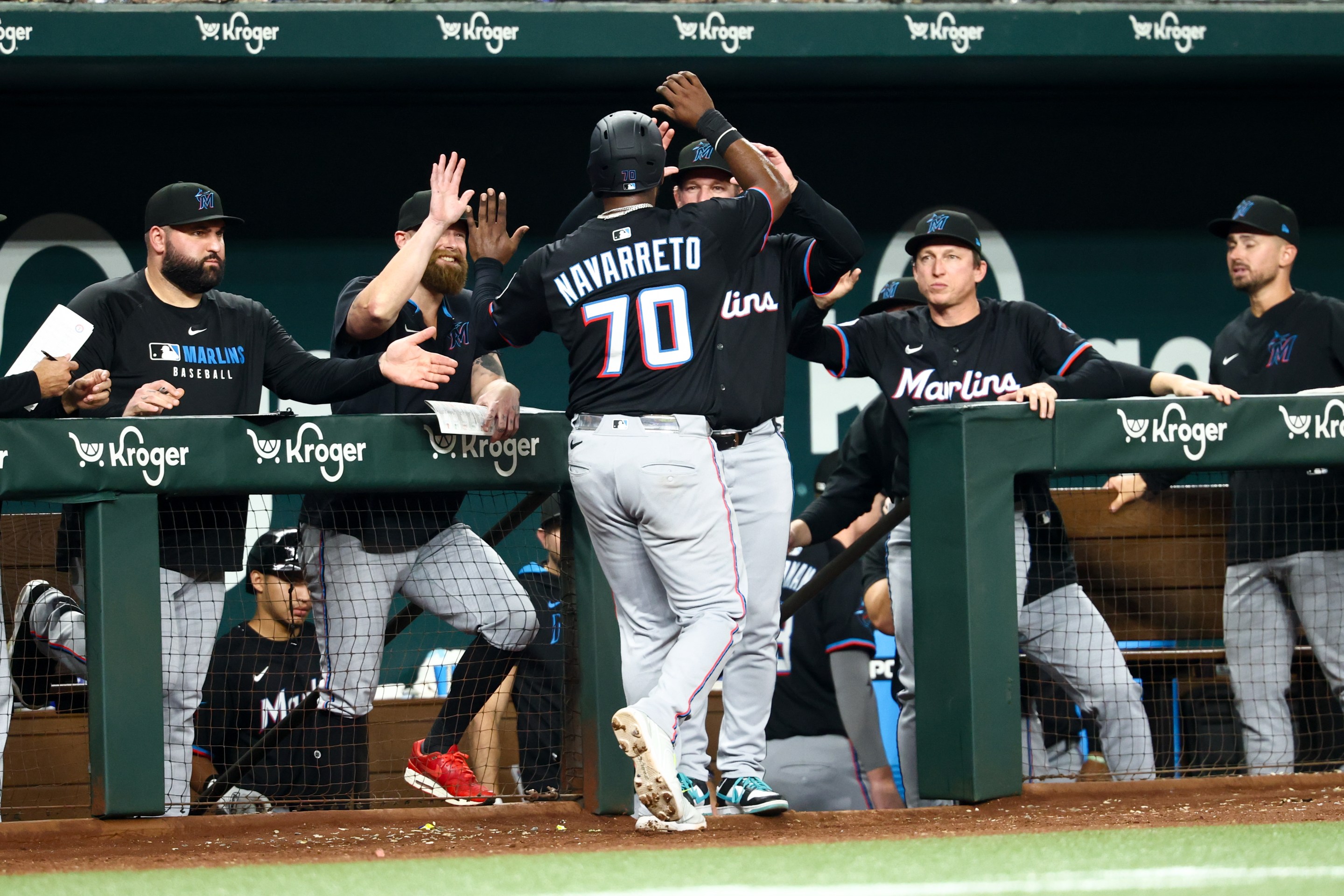As he was touching 101 mph in Cactus League action this spring, Grant Taylor had the sort of quote about his pitch mix that literally made White Sox senior advisor to pitching Brian Bannister smile upon hearing it.
"You see a lot of guys in the game nowadays throwing 100 mph," Taylor offered. "The 100 mph, if I throw it 60 percent of the time, it starts to not look like 100 quite so much."
Due to injury, Taylor wound up throwing just 31 innings at LSU, and ironically they too mostly came in relief. But even though former Twins pitching coach Wes Johnson arrived in Baton Rouge after all those innings were thrown, Taylor's mindset is residue of their time together.
"We had [Paul] Skenes, me and Chase Shores all throwing upper-90s to both of them were in the 100s at that point, and he was big on mixing your pitches, getting guys off the fastball," Taylor said. "I don't know if we needed that for college, but I think it was more so trying to prepare us for next level, and I took that to heart."
Johnson coming straight from working in the major leagues lent this message some extra heft in Taylor's view, and now that he's arrived in the majors, he's had his pitching worldview affirmed. Matching the pitching philosophy they preach in their hitter-friendly ballpark, the White Sox throw the fewest fastballs in the American League, per Sports Info Solutions. And in assessing the highs (29.4 percent strikeout rate) and lows (two runs allowed in an inning in Texas) of his first four major league outings, Taylor sees big league hitters reflecting the same message back to him.
"First outing against [Victor] Caratini, I didn't establish my offspeed as well in the zone, so he was able to get to that heater at the top with two strikes," Taylor said.
"The second time I faced him I threw two curveballs in the zone to start him off, and I think fastball at some point in there. Then I went heater in the zone at the top, swing-and-miss. And that just kind of shows that once you land the offspeed, it just sets up the fastball a little better."
Taylor acknowledges that the major league baseball is a bit different than the Double-A version, but said the 17-18 inches of inverted vertical break he's been averaging on his four-seamers so far is fairly close to his baselines. His fastball has a uniquely vertical shape, with hardly any arm-side run, such that because a normal big league four-seamer has several inches of arm-side movement, Taylor's heater often looks like it's cutting to the glove side.
This is typical of a pitcher with supination bias, which is both part of why the White Sox have tried to give Taylor a kick change, and why he's quickly developed a wide suite of breaking pitches (cutter, slider, curve). While it gives him the deep arsenal of a starter and a buffet of weapons to toggle between against hitters gearing up for triple digits, it's also part of why the White Sox feel Taylor might be better off as a closer, or, better yet, a multi-inning high-leverage relief arm that transcends such a label.
"My two favorite types of closers are power lefties and cutter righties," said Bannister. "He has some pitchability and you'll see him work out of the wind-up. He'll do some things that have some starter flavor to it, where he hasn't pigeonholed himself into throwing one pitch or just showing a second, but he has three legitimate pitches. The nice thing about that is that on any given night, if one of the secondaries isn't landing right, he has another one to go to. It just gives him some versatility and flexibility in what version he'll use while handling different types of righties and lefties and their bat paths. As he gets more accustomed to this level, it gives him the flexibility to not get into patterns and not let [opponents] sit on one pitch type."
It's hard to delve into all the factors that should make Taylor a unique and stellar reliever without circling all the way back to wonder why these aren't enough ingredients for a starter prospect. But part of the reason Bannister associates right-handers with cutting action as reliever is the linear (as opposed to rotational) delivery it implies, which is often a prerequisite for the elite extension that Taylor's pitching motion offers.

As advertised, Taylor releases the ball 7.4 feet from the pitching rubber--a top of the scale figure among major league pitchers--despite a sturdy 6-foot-3-inch build that makes him look like a bruising lead blocker. The extra distance gives an extra hop to all of Taylor's pitches, and also raises concern about the extra strain it puts on his body. For example, Taylor gets farther down the mound than Garrett Crochet -- who has newly become his best comp for how he ever returns to starting -- despite being at least three inches shorter.
"I always look at Da Vinci's drawing of the Vitruvian Man," Bannister said. "When you're moving in the middle ranges of your total range of motion, it's generally healthier. It's more natural for your muscles and joints. When you're operating at the end ranges of motion, literally the limits of what a human can do, I compare it to when you turn your steering wheel of your car all the way to the end, it kind of grinds a little bit because it just can't turn anymore. Guys that pitch at max extension are kind of in that danger zone...
"There's just an added level of stress involved versus somebody who pitches more in the range of their physical height. If they have six-five extension and they're six-five, I think everything is operating in more of a middle, neutral range of the bell curve. It's just an observation and I do a ton of studies on my own, because a lot of this you have to operate in theory because there's not huge sample sizes. Like [Tyler] Glasnow [who has similarly high extension], when you look at the track record of innings pitched -- and I have a lot of respect for him and his talent -- there's a lot of seasons where he threw like, 60 innings. There's just not an extended track record of throwing 100-200 innings."
The White Sox repeatedly insist that the door isn't closed to Taylor returning to starting, a la Crochet, but now have inverted his development where they're pursuing his floor first, rather than painstakingly building him up to his ceiling. As a result, Taylor was so obviously overqualified for relief appearances in the minors that the major leagues were the only way he could up his innings through the bullpen and still be challenged by the competition.
And if he's honest, Taylor imagines he'll probably start tilting a bit more fastball-oriented as a result. It's hard to imagine his fledgling kick change getting a lot of reps in the immediate future, with Taylor's curveball being his primary secondary against lefties. He threw four fastballs in a six-pitch inning of work on Thursday, which is also the shape a lot of his Double-A relief innings took.
"I don't think there's quite as much of an emphasis on trying to make sure that everything gets in there on that day," Taylor said. "But I don't still don't really want to be a one-trick pony, with just fastball being my trick. I want to mix. I want to keep guys off it."
If Taylor's anywhere near as dedicated to it as he's always insisted, the White Sox feel like they have a least an impact reliever. And it's not like you can watch them at present and say it won't be needed.
"We land that secondary stuff and they had no chance," said pitching coach Ethan Katz, breaking down a Taylor outing. "Getting the fastball up, using the curveball a little bit more as a nice opportunity to slow hitters down is going to be important. But when he lands the secondary stuff and gets the fastball up, we feel really good about where he's going to be at in some time."





